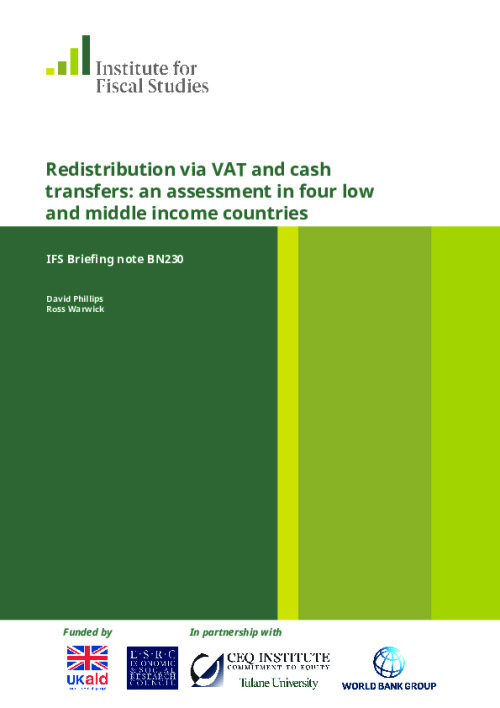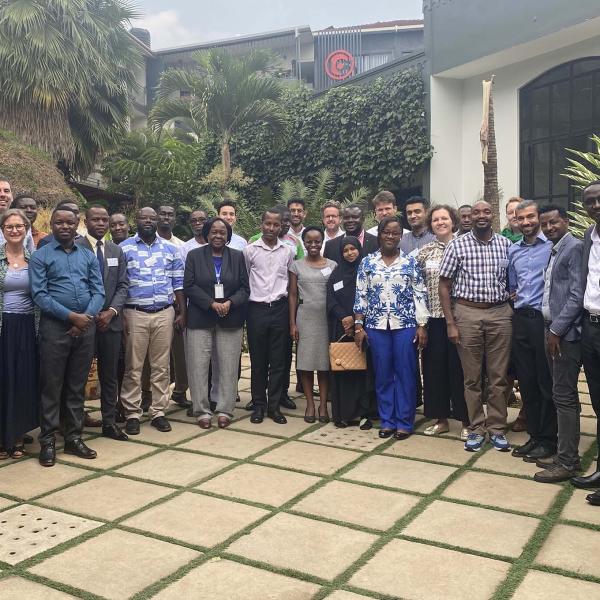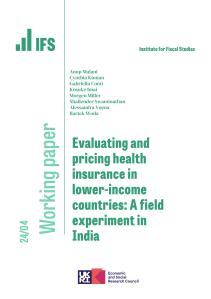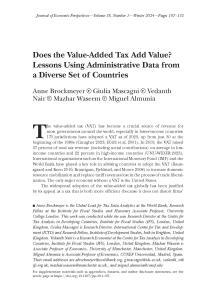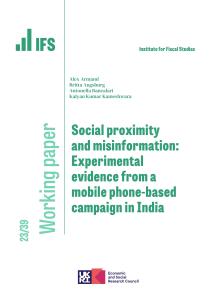As in many high income countries, VAT systems in low and middle income countries (LMICs) are often characterised by different tax treatments for different types of goods and services. Often, reduced rates of VAT and exemptions (“preferential rates”) are granted on equity grounds, for goods and services that are thought to take up a greater proportion of the budgets of poorer households. Given typically limited capacity to redistribute through the direct tax and benefit system, it has been suggested by some economists that such rate differentiation might be the best way for governments to transfer resources to poorer households.[1]
However, empirical evidence on who really benefits from preferential rates is sparse in the LMIC context. Furthermore, with conditional and unconditional cash transfer programmes increasing in number and scale, the possibility of redistributing resources through direct benefits is becoming more realistic.
In this research, we use a consistent methodology to consider these issues in Ethiopia, Ghana, Senegal and Zambia. We use microsimulation models to estimate the impact of preferential VAT rates across the consumption distribution as well as on poverty and VAT revenues. These impacts are compared with existing and hypothetical cash transfer schemes. All results from these models are based on household survey data which can be subject to sampling and measurement errors, and other data which may be a number of years old and whose use in this context requires assumptions. Thus, the precise quantitative results may be subject to significant margins of error. However, the patterns are strong and consistent enough for us to be confident in the qualitative conclusions. This policy brief is based on results from the paper “Redistribution via VAT and cash transfers: an assessment in four low and middle income countries”.[2]
Key points
- Reduced rates of VAT and VAT exemptions (“preferential rates”) are a common feature of VAT systems in low and middle income countries (LMICs), as in high incomes countries. Some of these are in place for administrative reasons; others are motivated by equity and in some cases economic efficiency. The tax revenue foregone from granting these preferential rates varies across countries but in all cases is significant.
- Preferential VAT rates do reduce poverty – and sometimes substantially – in each of the four countries analysed in our study: Ghana, Ethiopia, Senegal and Zambia. However, the fact that better off households spend more on goods and services subject to preferential rates in absolute terms means that this poverty reduction comes at the cost of a big tax expenditure on high-consumption households.
- Increasingly, cash transfer programmes may provide an alternative means of redistributing to poorer households. Most LMICs now have a cash transfer programme in place, and on the whole these tend to be well targeted towards vulnerable groups. However, targeting mechanisms remain imperfect, and existing cash transfer programmes leave the majority of impoverished households uncovered because of specific eligibility criteria based on demographic or geographic characteristics.
- The poor targeting of preferential rates is highlighted by the fact that even a Universal Basic Income (UBI) – which is completely untargeted – funded by 75% of the revenue raised by a uniform VAT rate (excluding VAT exemptions in place for administrative reasons) is estimated to be more progressive. Our estimates suggest it would allow an increase in consumption for individuals in at least the bottom 40% of the consumption distribution in each of the four countries studied. It would reduce poverty measured at the $1.90 line in three of the four countries considered (Senegal is the exception).
- However, this does not make a UBI funded by a uniform VAT an immediate policy prescription. This work will be extended with additional countries and analytical results to confirm the robustness of the patterns found. More generally, further research is required to better understand other considerations for such a reform. This includes the wider social and economic effects of a UBI – such as impacts on labour market behaviour – and the efficiency case for VAT rate differentiation in contexts with high levels of informal production for some goods and services, but not others.
[1] Bird, R.M. and P.P. Gendron (2007), ‘The VAT in Developing and Transitional Countries’ Cambridge University Press, Cambridge.
[2] Phillips, D., R. Warwick, T. Harris, M. Goldman, J. Jellema, G. Inchauste and K. Goraus (2018). Available at: https://www.ifs.org.uk/publications/12867
